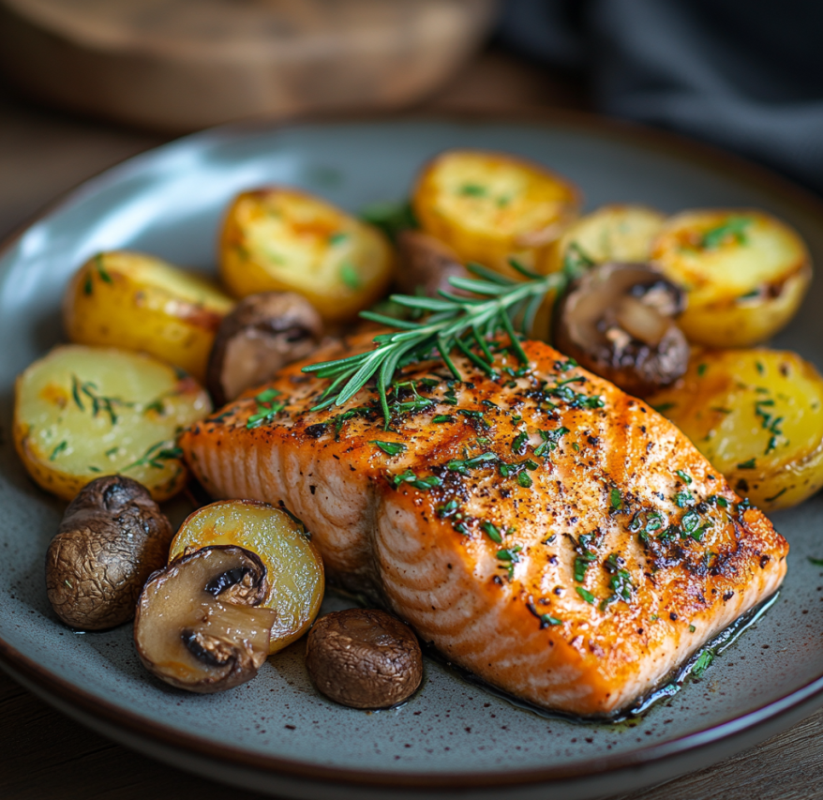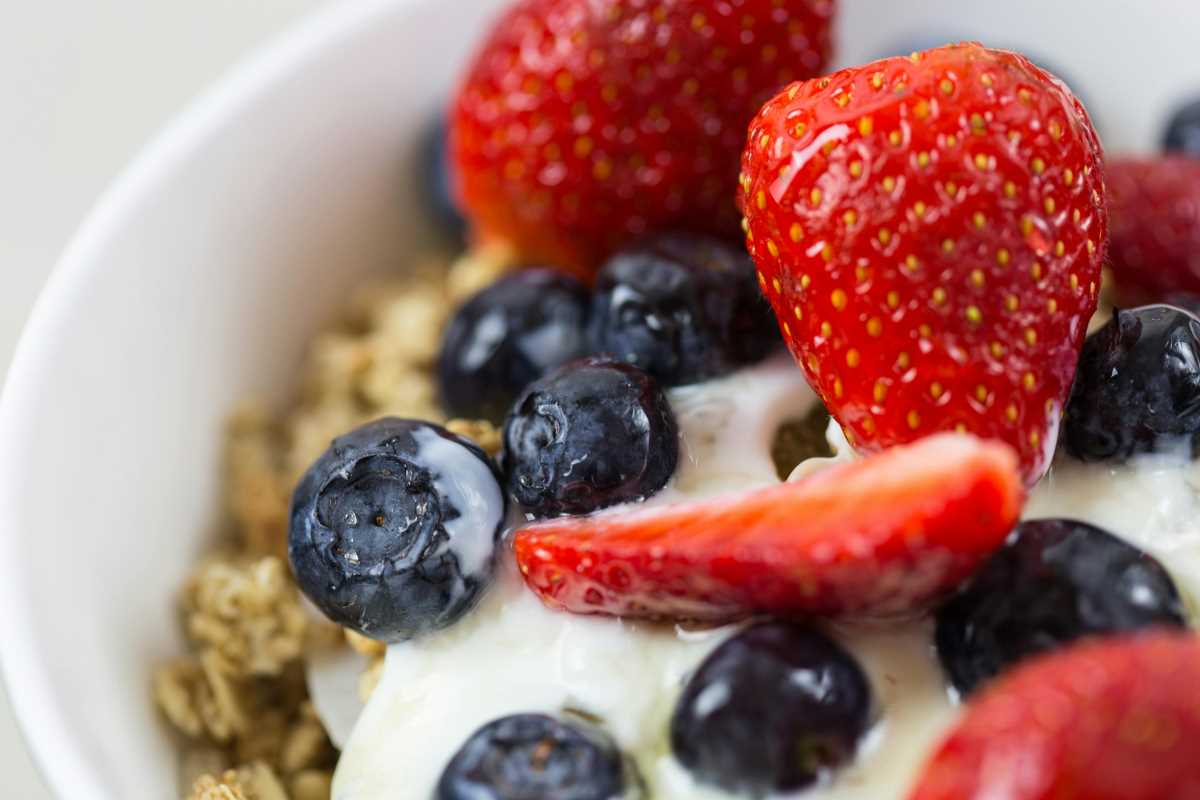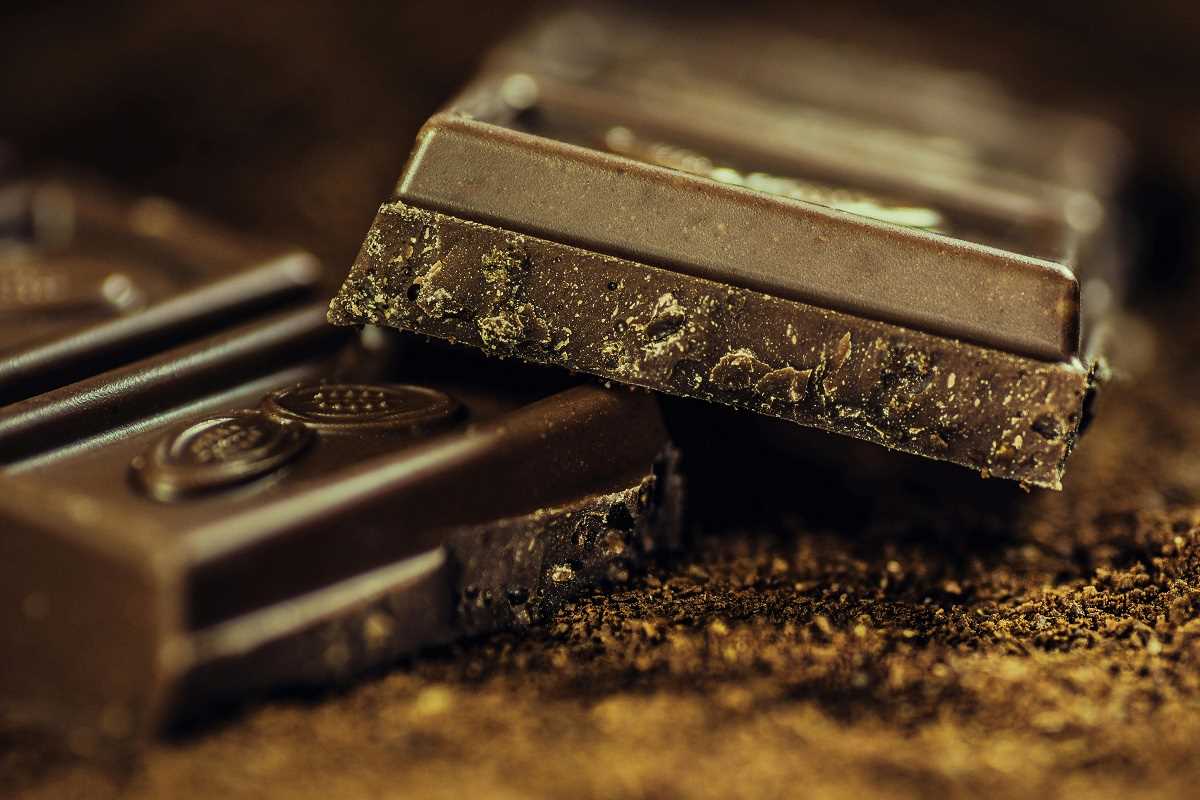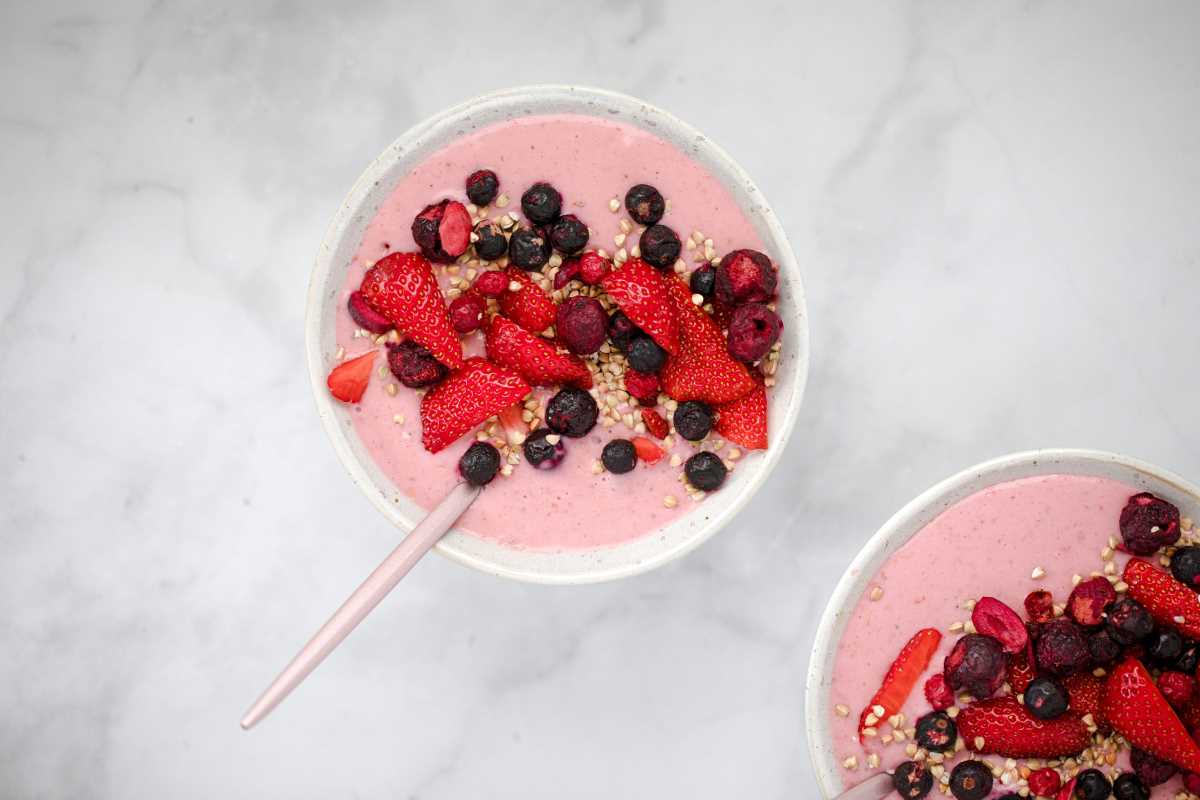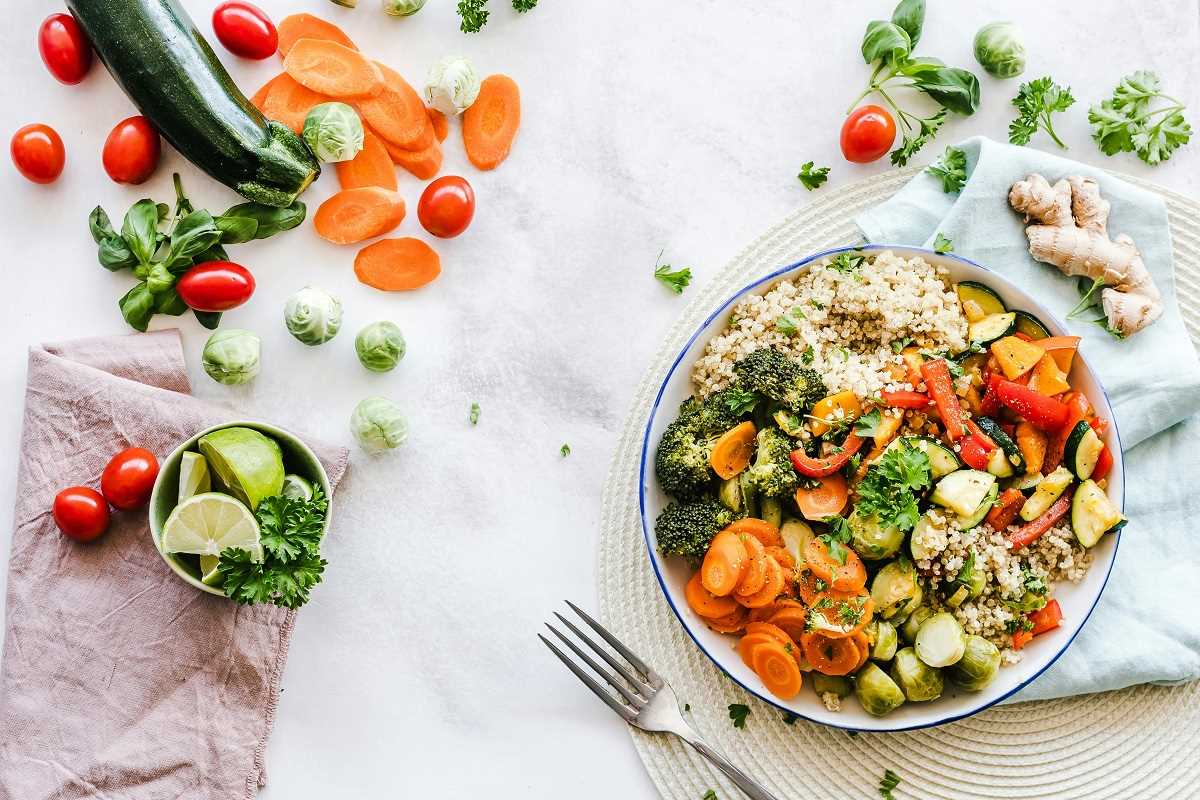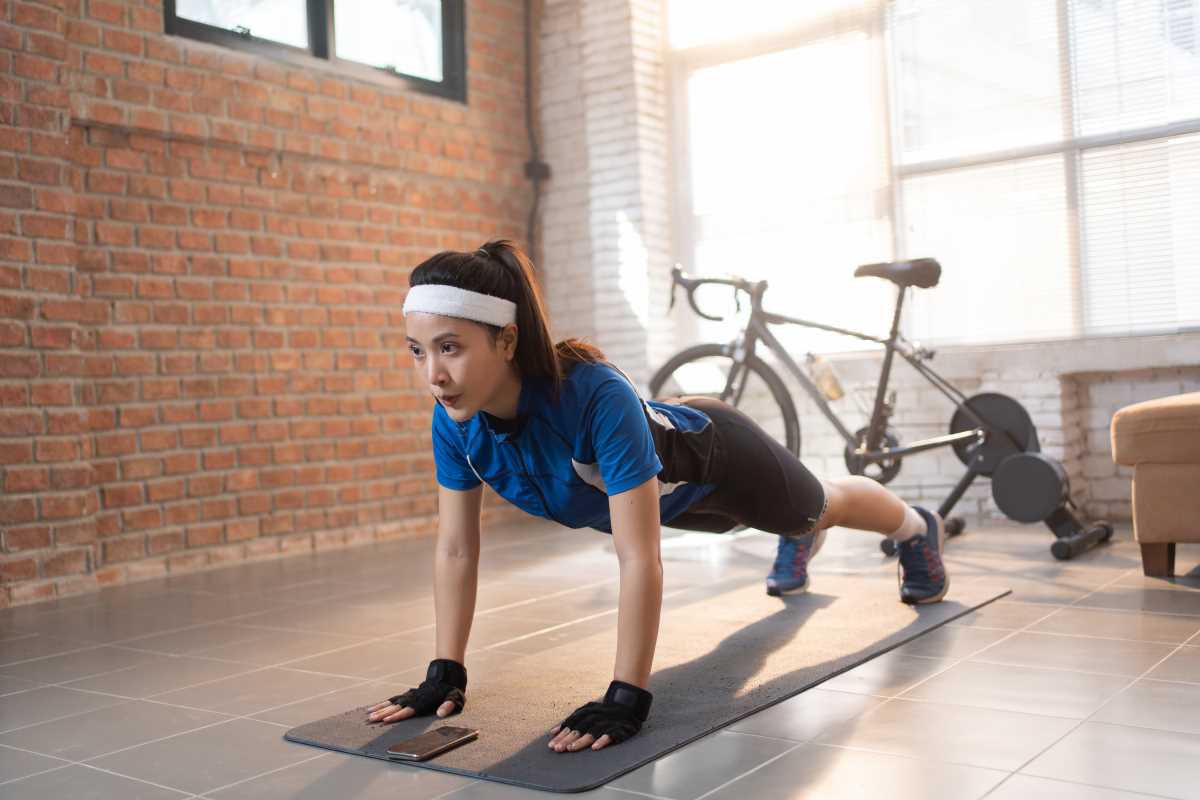Whether you're avoiding gluten for health reasons or just curious to explore new baking trends, gluten-free baking has become increasingly popular and surprisingly easy to master. Gone are the days of crumbly cookies and dense cakes! Today’s gluten-free recipes are just as satisfying, fluffy, and sweet as their wheat-based counterparts. Plus, experimenting with innovative alternatives to all-purpose flour can be a fun twist for any baking enthusiast.
If the thought of setting up a gluten-free baking session seems intimidating, don’t worry—we’re here to guide you. From understanding essential gluten-free ingredients to sharing drool-worthy recipes, this guide will make your mouth water and your sweet tooth sing.
Why Go Gluten-Free?
First, let's break down why someone might opt for gluten-free baking. Gluten is a protein found in wheat, barley, and rye that gives baked goods their elasticity and structure. While many people tolerate gluten just fine, some need to avoid it due to celiac disease, an autoimmune condition, or gluten sensitivity, which can cause digestive discomfort.
But even if you aren’t gluten-intolerant, gluten-free baking is worth exploring. Alternative flours often add unique flavors and textures to classic recipes, which can take your sweets to a whole new level. Plus, experimenting with healthier, nutrient-dense ingredients might help you feel better about indulging in your favorite desserts.
Alright, now that we’ve covered the “why,” it’s time to tackle the “how.”
Gluten-Free Baking Essentials
Successful gluten-free baking often starts with having the right ingredients on hand. Here are a few pantry staples that will make your gluten-free bakes shine.
1. Gluten-Free Flour Blends
Forget one-size-fits-all. Most gluten-free recipes rely on a mix of flours to replicate the behavior of wheat flour. You can grab pre-made blends from the store, or mix your own by combining some of these popular gluten-free flours:
- Almond Flour: Adds nutty richness and works beautifully in cookies and cakes.
- Coconut Flour: Absorbs extra liquid, making it perfect for dense treats like brownies or energy bars.
- Rice Flour (White or Brown): Great for light and fluffy textures.
- Tapioca Flour or Arrowroot Starch: Essential for binding and creating that stretchy feel.
- Oat Flour: Adds heartiness and is fantastic for muffins, pancakes, and breads (make sure the oats are certified gluten-free).
2. Binders Are Your Best Friend
Since gluten acts as a binding agent in traditional baking, your gluten-free confections will need some extra help staying together. Here’s what works great in its place:
- Xanthan Gum or Guar Gum: These stretchy additives are a must for replicating the chewiness of classic recipes.
- Eggs or Flaxseed Meal: Natural binders that double as protein-packed additions.
- Applesauce or Mashed Bananas: Great for baked goods with moisture, like muffins or quick breads.
3. Leavening Agents for the Perfect Rise
Without gluten, achieving that light and airy texture can be tricky. But don’t sweat it; traditional baking powders and baking sodas work just as beautifully in gluten-free recipes.
4. Milk Alternatives (Optional)
If you’re also avoiding dairy, nut milks, oat milk, or coconut milk make excellent substitutes. They add creaminess without affecting texture.
Tips and Tricks for Gluten-Free Baking Success
- Be Precise with Measurements: Gluten-free flours absorb moisture differently than wheat flour. Use a kitchen scale for better accuracy rather than relying on cups.
- Mix Thoroughly: Gluten-free batters can be thicker than traditional ones. Ensure the mixture is smooth and lump-free before baking.
- Don't Skip the Resting Time: Many gluten-free doughs, like those made with rice or coconut flour, benefit from a few extra minutes to absorb liquid before baking. This prevents your cookies or cakes from feeling gritty.
- Bake Low and Slow: Gluten-free treats can brown quickly on the outside. Lowering the oven temperature slightly and baking for a longer time often yields better results.
Sweet Recipes to Start With
Now to the fun part! Here are a few beginner-friendly recipes to get your taste buds going and show just how easy gluten-free baking can be.
1. Fluffy Chocolate Chip Cookies
Who can resist warm, gooey chocolate chip cookies? These are soft in the center, slightly crisp around the edges, and 100% gluten-free.
Ingredients:
- 1 cup gluten-free all-purpose flour
- ½ tsp baking soda
- ¼ tsp xanthan gum (if not already in your flour mix)
- ½ tsp salt
- ¼ cup softened butter or coconut oil
- ½ cup brown sugar
- 1 egg
- 1 tsp vanilla extract
- ½ cup semi-sweet chocolate chips
Instructions:
- Preheat your oven to 350°F (175°C).
- Mix the dry ingredients in one bowl and wet ingredients in another.
- Combine both, add chocolate chips, and scoop onto a lined baking sheet.
- Bake for 10-12 minutes or until golden around the edges. Enjoy!
2. Coconut Flour Brownies
If you love rich, fudgy desserts, this one’s for you. Coconut flour’s denseness gives these brownies an irresistible texture.
Ingredients:
- ½ cup unsalted butter (or coconut oil for dairy-free)
- ½ cup cocoa powder
- ½ cup sugar
- ¼ tsp salt
- ½ cup coconut flour
- 4 eggs
Instructions:
- Preheat your oven to 325°F (160°C).
- Melt the butter and cocoa powder together, then mix in sugar, salt, and eggs.
- Slowly fold in coconut flour until smooth, then pour into a greased pan.
- Bake for 20-25 minutes and cool before slicing.
3. Blueberry Oat Muffins
These muffins are packed with flavor and perfect for breakfast or a midday snack.
Ingredients:
- 1 cup gluten-free rolled oats (ground into flour)
- ½ cup almond flour
- ½ cup coconut sugar
- 1 tsp baking powder
- 2 eggs
- 1 cup milk (or nut milk)
- 1 cup fresh or frozen blueberries
Instructions:
- Preheat your oven to 375°F (190°C).
- Combine dry ingredients in a bowl, then mix wet ingredients in a separate bowl.
- Gently combine both mixtures, fold in blueberries, and pour batter into muffin tins.
- Bake for 18-22 minutes or until golden-brown on top.
Experiment with Your Favorites
The beauty of gluten-free baking is that it invites creativity! Don’t be afraid to experiment with different flour combinations or spices to tweak these recipes to your liking. Love cinnamon? Feel free to sprinkle it into your cookies. Can’t get enough chocolate? Double up on those chips.
Gluten-free baking isn’t just a “restricted diet” alternative. It’s another way to explore flavors, textures, and techniques that you may never try otherwise. And trust us, when you pull that tray of perfectly baked cookies out of the oven, the only thing you’ll be thinking about is how good they taste—not what’s missing.
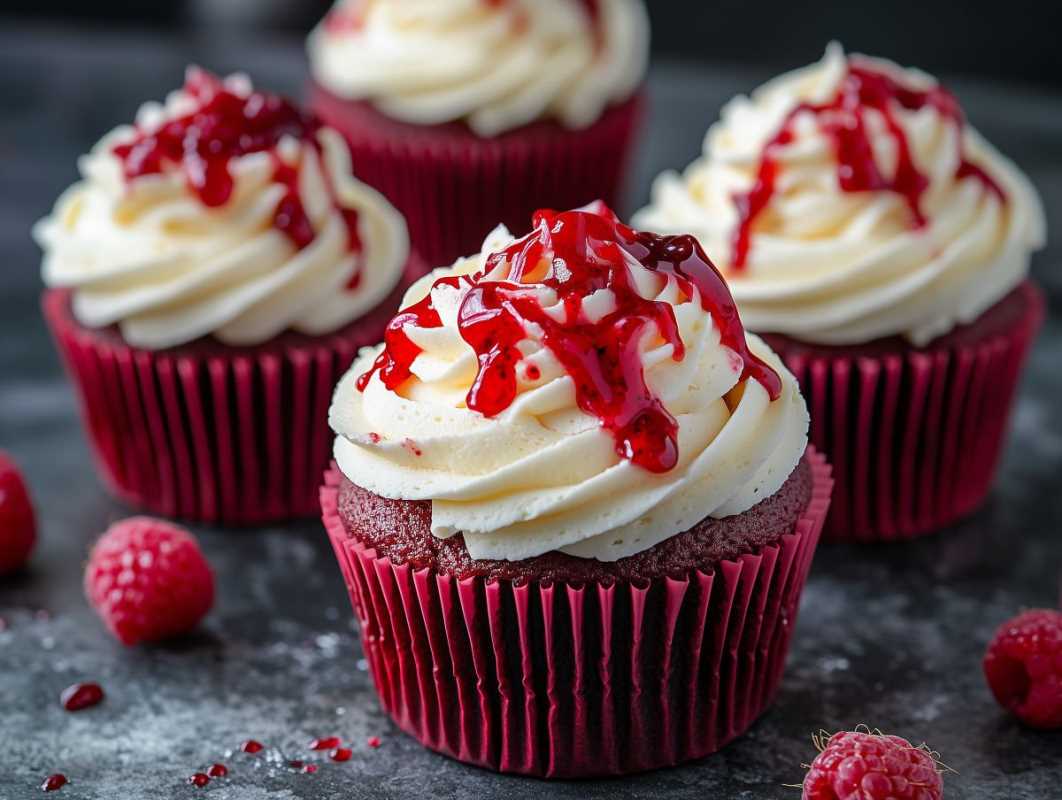 (Image source: Midjourney)
(Image source: Midjourney) 
